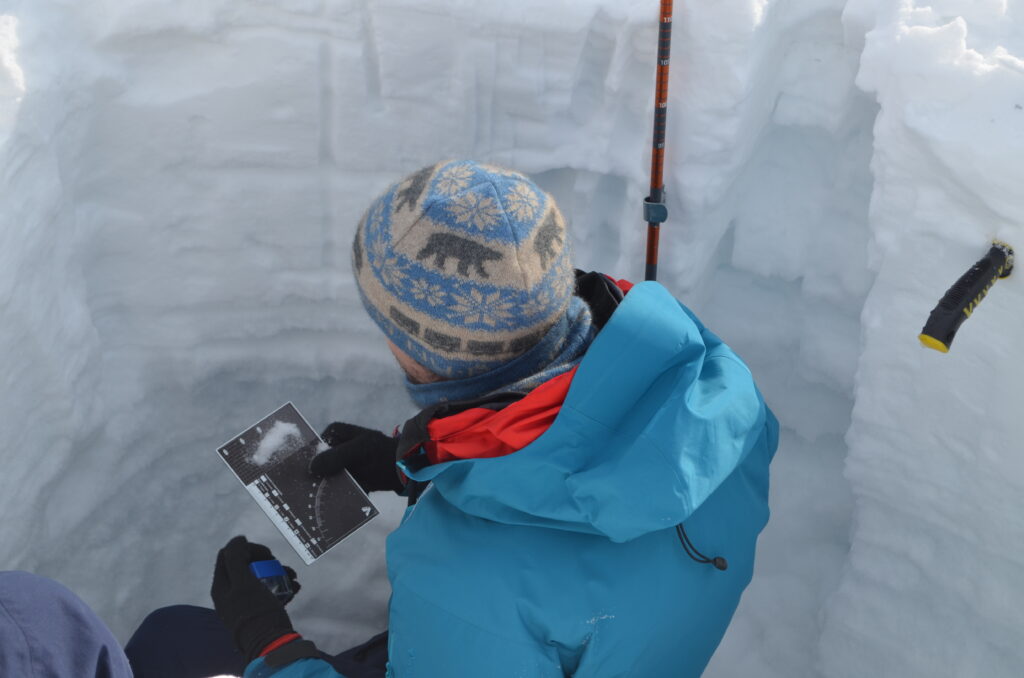OPTICE is a multidisciplinary project aimed at studying the optical properties of airborne dust in Alpine snow.
On a global scale, mineral dust accounts for the major contribution to the mass load of airborne particles in the atmosphere. It consists of micron-sized minerals mainly deflated from arid and semiarid regions by eolian processes. Dust can affect glaciers reducing their reflectivity and increasing melting, moreover, it can alter the snowpack leading the formation of melting-refreezing crusts and weak hoar crystals layers. On the other hand, snow and ice cores provide a unique archive to reconstruct the Earth’s current and past atmospheric composition by studying the solid contents they store. Moreover, they can be powerful tools to assess the impact of human activities on the environment, also enabling albedo evaluation and avalanches forecasting.
The OPTICE project is based on the analysis of snow and ice cores in key sites in the Alps at mid-high altitudes (>3000-3200 m) overall the years.
We carried out the optical characterization of ice cores at the EuroCold (European Cold Laboratory Facilities, University of Milano-Bicocca).
The experimental work is focused on the Single Particle Extinction and Scattering (SPES) method, developed by Marco Potenza during the last years. The breakthrough of this method is its capability to measure two optical parameters simultaneously from which other properties of the particles can be assessed, such as shape and internal structure. This recently brought some interesting results about the shape variability of dust over time, which in turn impacts the radiative transfer of the atmosphere (Potenza et al, 2016, Nature Scientific Reports).
Radiative transfer is the main process to be studied for determining climate and cimate change. It is known to be strongly affected by aerosols (Intergovernmental Panel on Climate Change, 2013): characterizing the optical properties of past and present aerosols is key in climate modelling.
At the snow-air interface, dust particles and partially melted crystals form crusts during melting-refreezing cycles. Such crusts, once incorporated in the snowpack with high temperature-gradients, favor the formation of thin, weak layers of faceted crystals, which increase the instability of the snowpack. This is the main reason why detecting the size distribution and composition of dust and pollutants is important to improve avalanches evaluations.
Finally, a better estimate of dust in the snowpack is essential for melting predictions and a better snow management. This can be useful for ski resorts to correctly estimate artificial snow, as well as for water companies needing a forecast on water availability from the melting of snow and ice.

